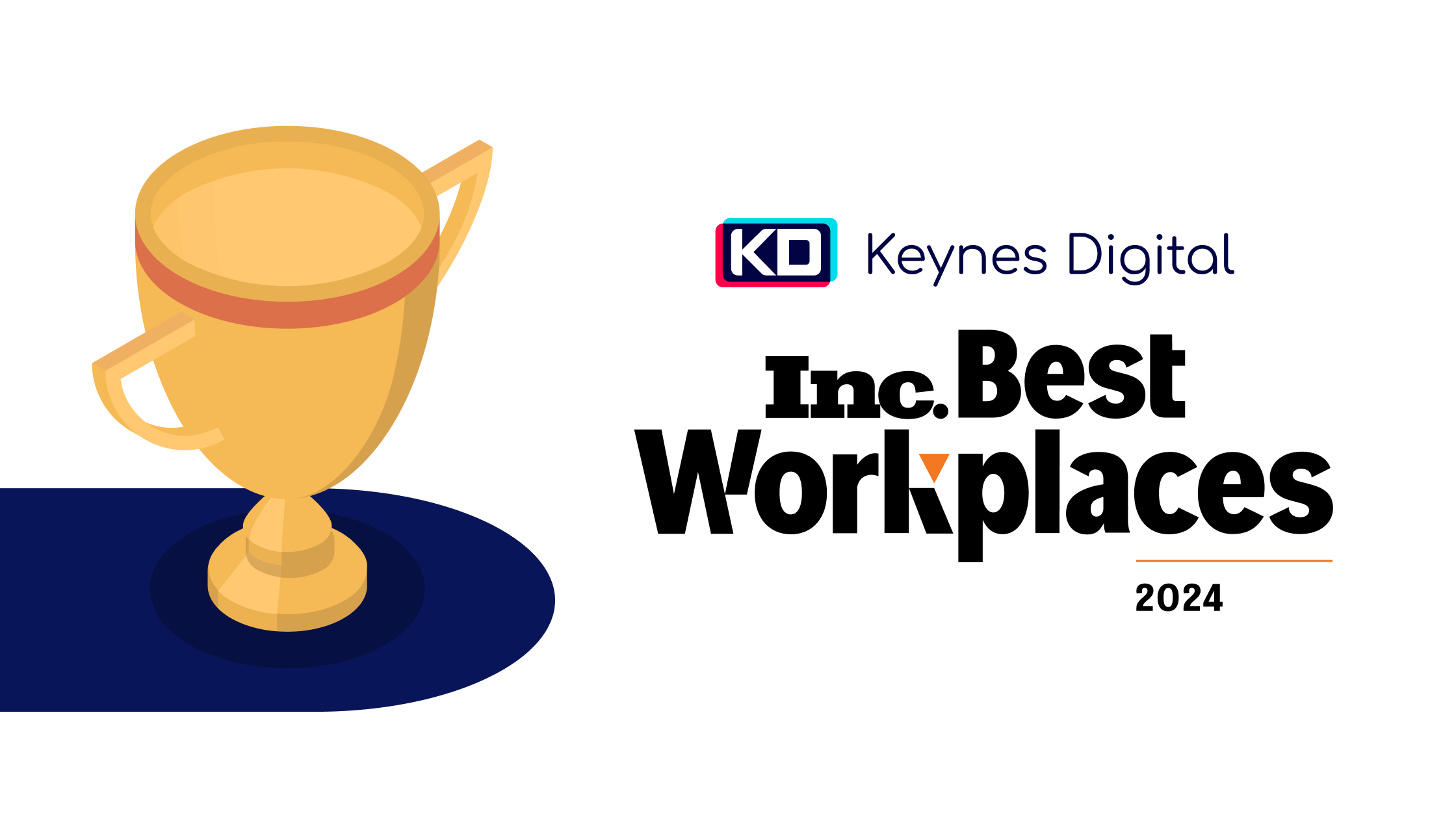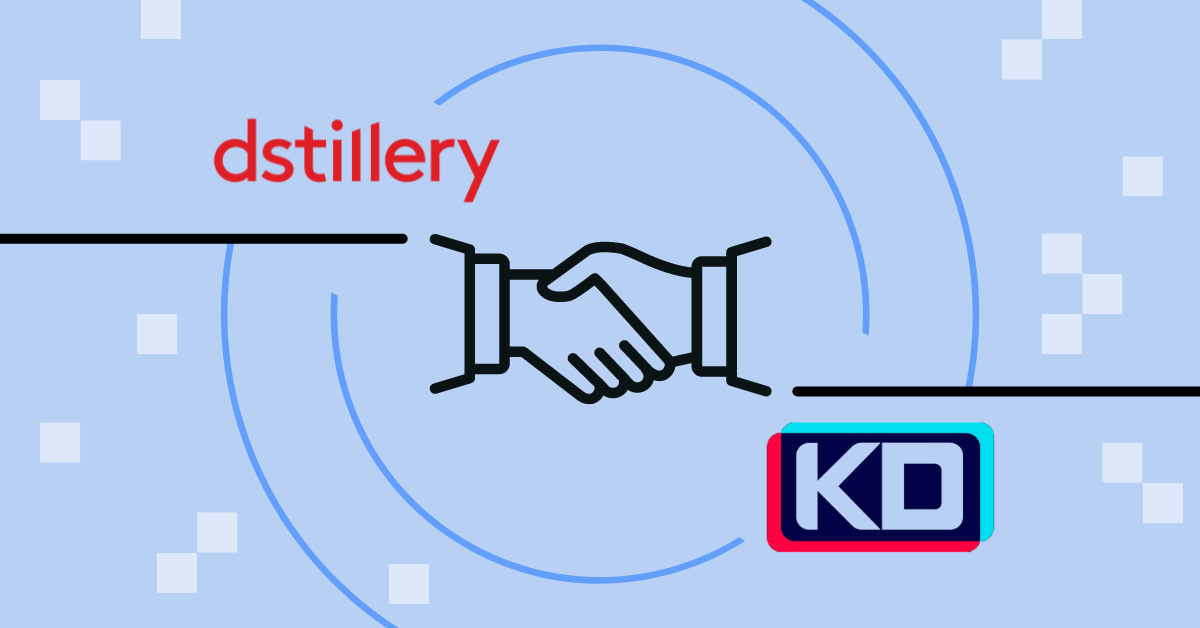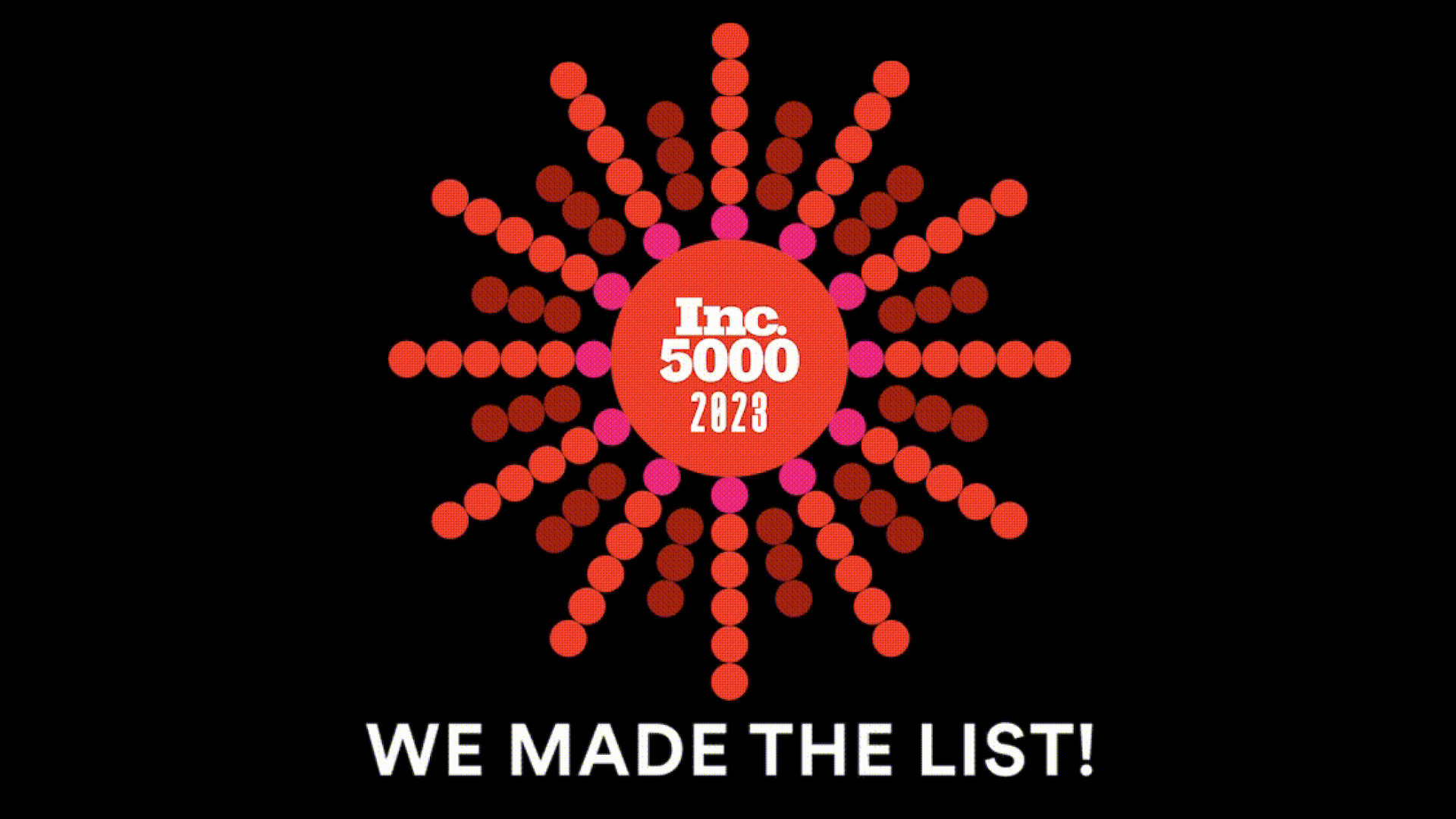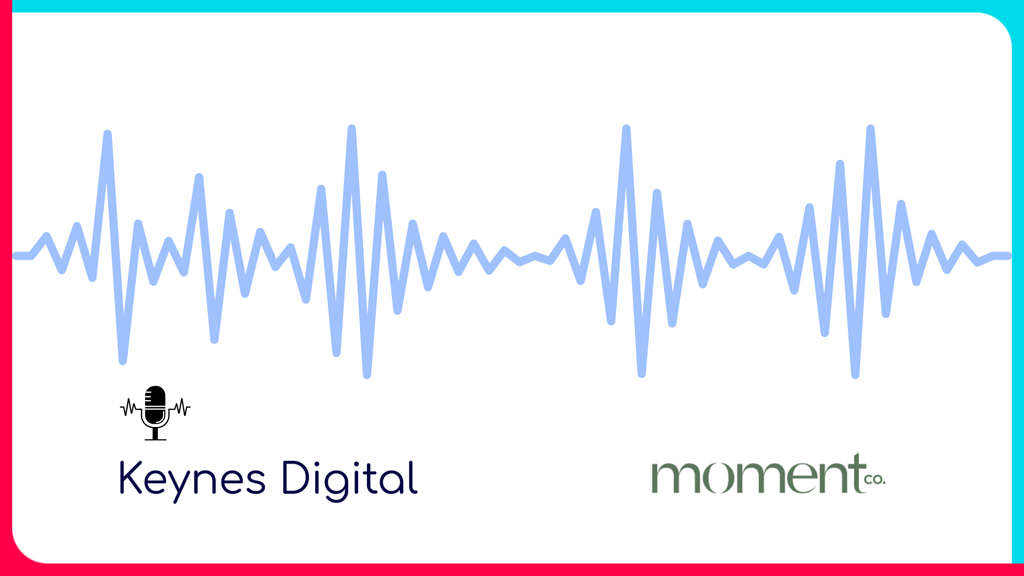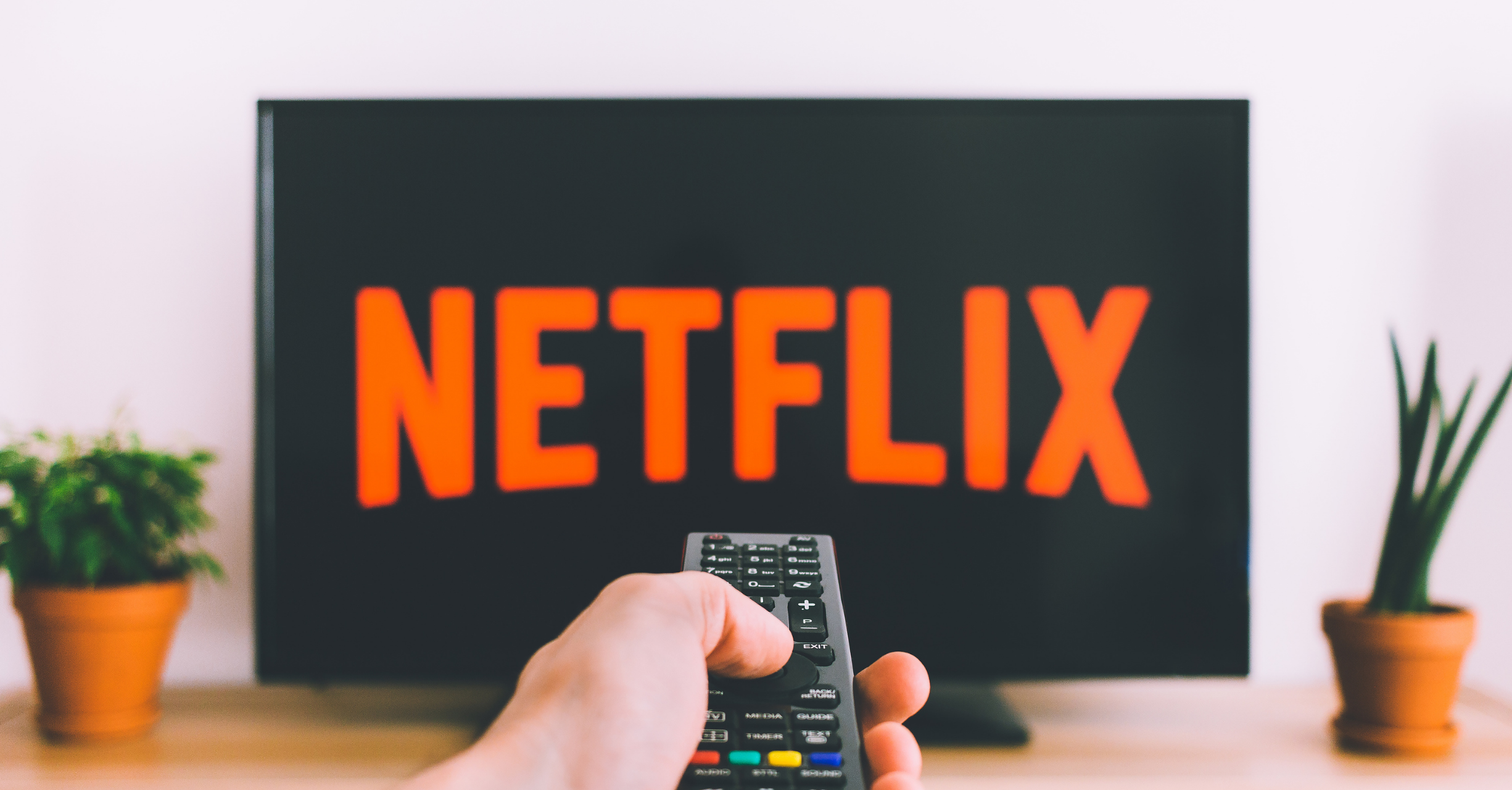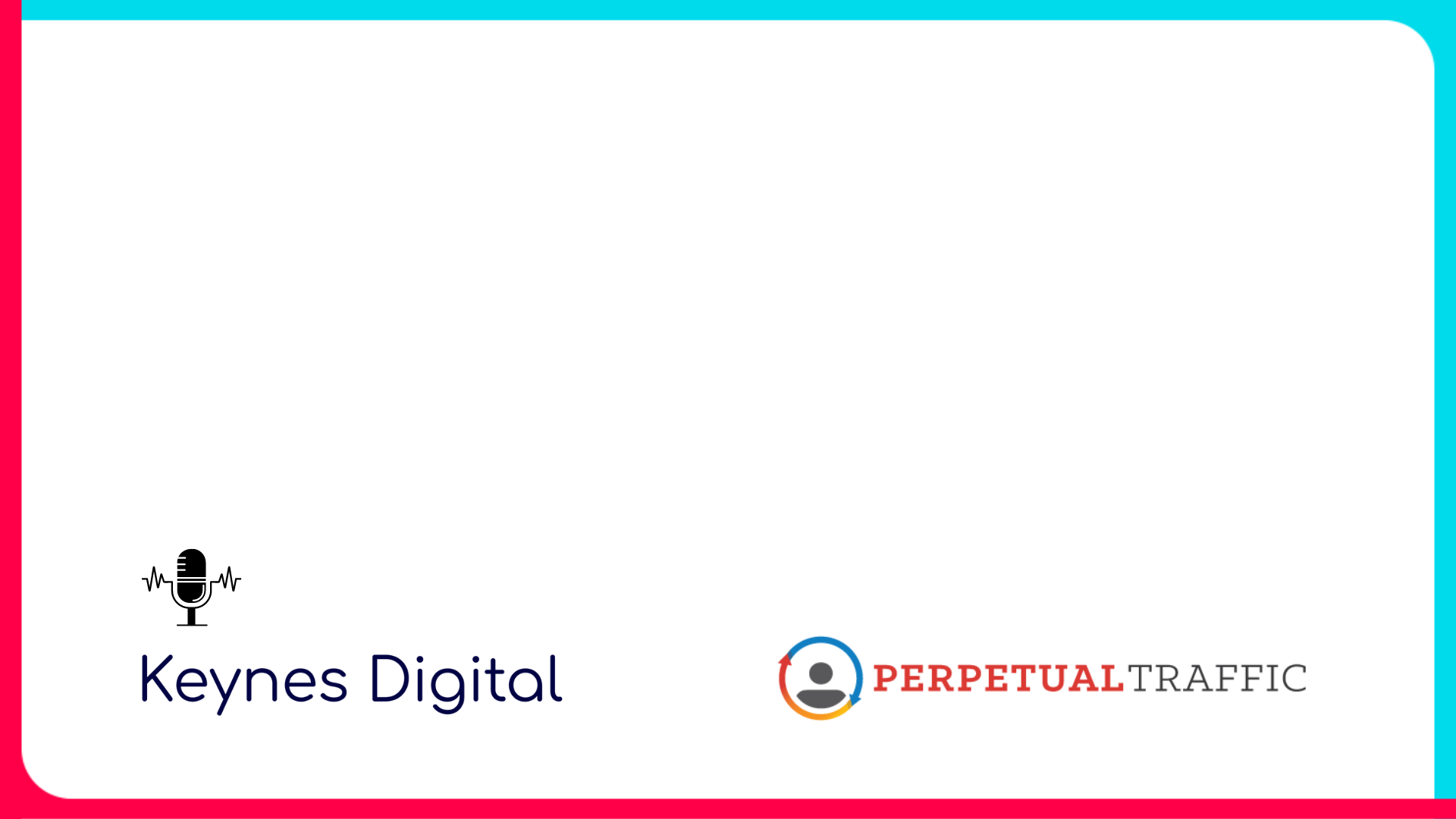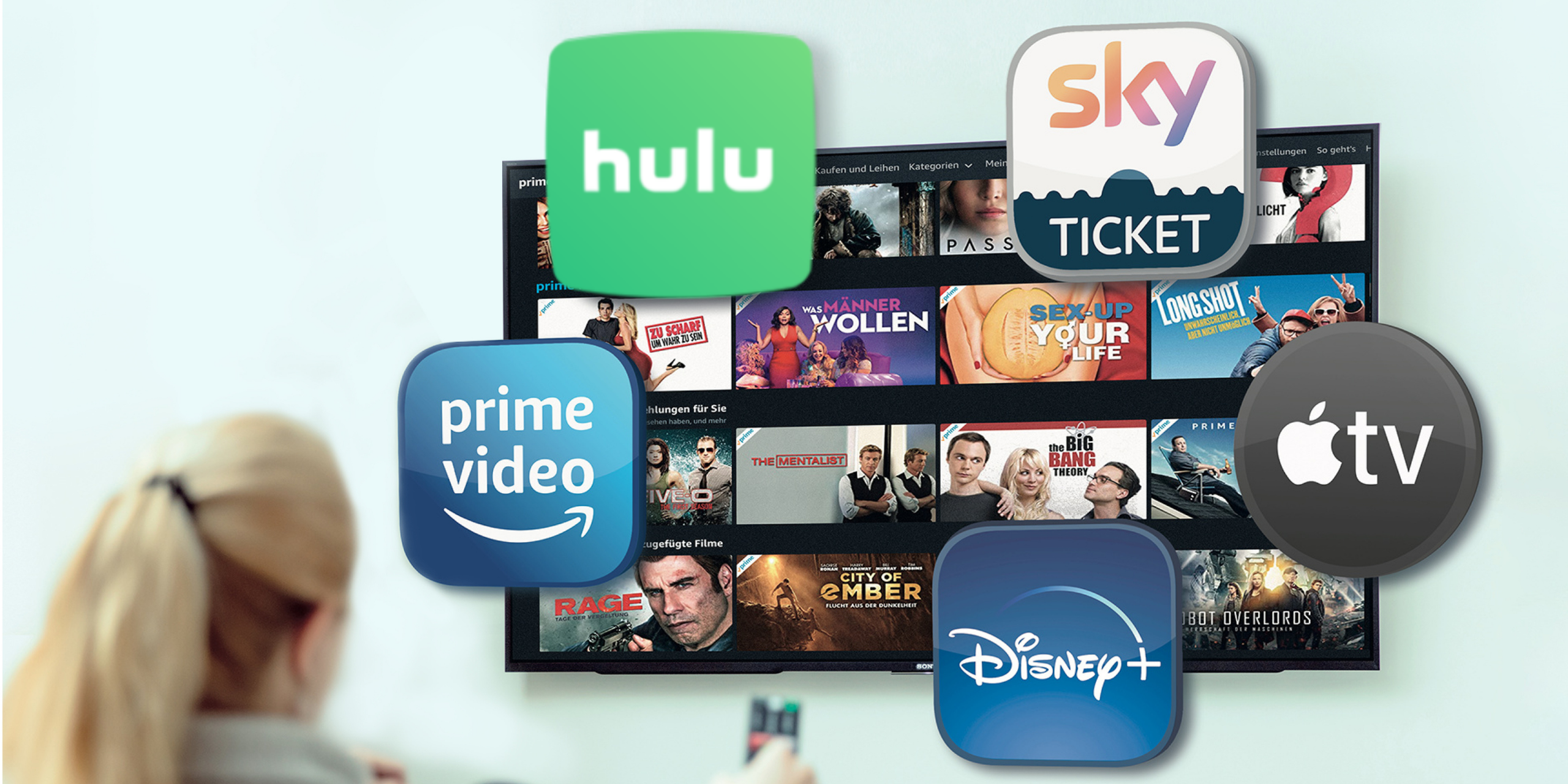Over The Top Services TV
Over The Top Media Services
What is OTT platform? At its core, over the top media (commonly referred to by the OTT abbreviation for short) refers to film and television content that is delivered to users not through a traditional cable provider, but in a streaming capacity over the Internet. The OTT definition refers to those services themselves, with Hulu and HBO Max being just a few prominent examples.
The over the top meaning involves a trend aimed at those people who are traditionally referred to as “cord-cutters.” These are the people who no longer want to deal with expensive cable bundles that are filled with channels they never watch. Instead, these people want to pay only for the content they are truly interested in. Over the top media services have emerged in the last decade as a viable way to accomplish precisely that.
In general, OTT platform providers offer content delivered through specific devices. The AppleTV and Roku streaming boxes are two of the most prominent examples, although there are many others.
According to one recent study, there were around 170 million OTT users in the United States alone as of 2018. The same source indicated that in 2010, worldwide revenue from OTT was an impressive $6.1 billion.
Flash forward just a few short years and that number is anticipated to climb to $129.59 billion by as soon as the end of 2021. At this rate, it will hit a staggering $210.29 billion as soon as 2026 – pointing to one trend that shows absolutely no signs of slowing down anytime soon.
OTT TV Meaning
It is important to note that there are a few differences between the OTT TV meaning and the type of video streaming content people regularly enjoy on sites like YouTube. They are not the same thing and should not be treated as such, especially for OTT advertising examples.
What OTT means in movies involves content that is being delivered on premium TV networks. Someone can subscribe to HBO via their cable provider, yes. But they can also use an OTT app and sign up for HBO Max, getting the same content delivered over the Internet and cutting out the cable company entirely. To note, it’s not possible to find the same content on YouTube, to use just one example of a popular streaming site.
Many OTT examples still operate using the “traditional” model of content creation, it’s simply the delivery mechanism that has changed. They still invest significant sums of money in shows and movies that get people talking. This is as opposed to YouTube, which is flooded with user-generated content that ultimately has little to no value to marketers.
One of the major characteristics that have made OTT so popular in such a short amount of time is the on-demand access to the content these services feature. Customers have embraced it because it gives them consistency and simple access to all of their favorite shows, movies, and other programs. This is especially contrary to traditional television, which requires someone to watch a show at a specified time unless they choose or remember to record an episode for later use.
OTT Platforms Full Form
For advertising, OTT offers a wide range of different benefits over traditional streaming that cannot be ignored. The top OTT platforms all bring with them enormous and diverse audiences.
Another recent study indicated that in the United States, OTT users tend to spend at least an hour per day with one of these services as of 2021. That number has only increased given the onset of the COVID-19 pandemic that saw people stuck in their homes indefinitely while on lockdown. To provide an example, Hulu was named one of the top 10 OTT platforms in world.
There are several benefits that an OTT TV app will offer to advertisers like enhanced credibility. If you can get your ad to run alongside a premium piece of content that gets people talking, it will be seen as far more credible than if that same ad had run on someone’s YouTube channel. Indeed, none of the content on the OTT platforms list is user generated – meaning that it’s all professionally created and is naturally assumed to be of a higher quality than something that was submitted by the users themselves.
Another one of the major reasons why OTT TV is beneficial for advertisers has to do with the idea of non-skippable ads. On a site like YouTube, users can generally skip all advertisements after about five seconds. This means that they may never interact with a marketer’s content at all in a meaningful way. On most services on any OTT platform list, this isn’t the case. People are served ads before or during a show. This makes it far more likely that they’ll see and thus retain a marketing message due to if credibility.
A major disadvantage to traditional streaming on sites like YouTube comes down to the fact that there is no set length for the content that is being published, particularly when it is uploaded by regular users. Clips can be more than seconds in length, which hardly give people time to digest the video itself, let alone any advertising content that displays before or after it. With OTT services, you’re only watching premium content with far greater lengths in content. A television show will still be at least 20 to 30 minutes on average, while movies will be an hour and a half or more. People are more invested and they know what experience they’re signing up for, making them far more receptive to any advertisements they may see along the way.
But perhaps the biggest benefit of all comes down to the fact that OTT platforms bring an incredible level of consumer freedom, and invite advertisers everywhere to come along for the ride. For consumers to enjoy the content, they’ll begin their journey with a free OTT TV player or a set-top box like the AppleTV. Then, they sign up for OTT services and have a personal experience that is practically tailor-made for their tastes.
Being a programmatic advertising platform, the gives Advertisers more options to reach their audience pulls as it is based on the targets they set on their audience. This gives them more control over who is seeing their ads and who are most likely to convert into customers. That’s not something you can get with traditional streaming.
Future of OTT TV
OTT solutions have gone from being somewhat of a niche concept to the dominant form of content distribution on Earth in just a few short years. But the most exciting thing is OTT TV is only getting started.
2021 and beyond will see the launch of 5G Internet connections in more areas around the country, for example. This means that people will soon have access to more than 100 times faster connections than currently available 4G LTE networks. So not only will they have faster and more reliable connections to support higher resolutions, but it will also make it easier to engage with their favorite content on mobile devices like smartphones and tablets.
Another study indicated that about 29% of people said they would gladly pay additional money for a 5G connection if it guaranteed them better video quality on mobile devices, along with additional benefits like decreased buffering. So as 5G continues to roll out across the country over the next few years, you can expect the adoption of OTT solutions to increase even more as a result.
In the end, it’s safe to say that consumer behaviors and preferences have changed wildly over the last decade. On-demand content and over-the-top distribution were already the way of the future, but the COVID-19 pandemic acted as an accelerant that brought several trends to the forefront far sooner than a lot of people thought they would.
Make absolutely no mistake about it–OTT is here to stay, and that is very much a good thing for both consumers and advertisers alike.
Industry Expert Insights
We are your high-touch, performance-focused streaming TV and programmatic advertising partner. Our team of experts and a one-of-a-kind data-driven platform connects you to the best streaming TV marketing strategies.


